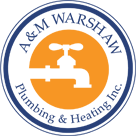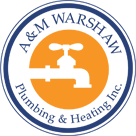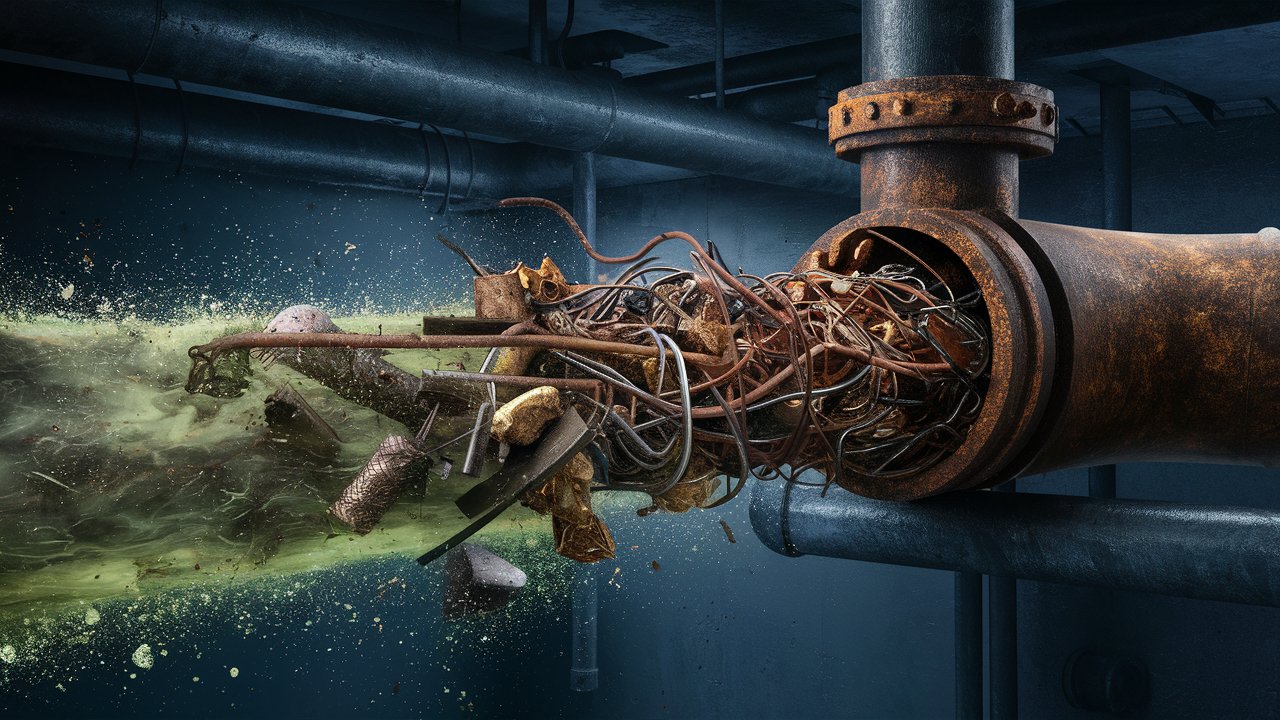Plumbing stoppages, also known as blockages or obstructions, refer to situations where the normal flow of water through pipes is impeded. These stoppages can occur in various parts of a plumbing system, causing inconvenience and potential damage. They can range from minor issues to severe blockages affecting the entire plumbing network, leading to backups and reduced water flow.
What Causes Plumbing Stoppages?
Plumbing stoppages can arise from a variety of issues within the plumbing system. Understanding these causes is essential for effective prevention and remediation. Common causes include physical damage to pipes, accumulation of debris, and issues related to the installation and maintenance of plumbing components.
- Pipe Damage:
- Hair & Grease Accumulation:
- Root Penetration:
- Poor Drainage:
- Sagging Sewer Lines:
Physical damage to pipes, such as cracks or corrosion, can lead to blockages. Over time, these issues may result in debris accumulation or collapse, restricting water flow.
Hair, grease, and soap scum can build up inside pipes, creating clogs. This is especially common in bathroom and kitchen drains where such materials are frequently washed away.
Tree roots can penetrate underground pipes, causing blockages. As roots grow, they can invade and obstruct the plumbing system, leading to significant issues if not addressed promptly.
Inadequate drainage design or installation can result in improper flow of water, leading to frequent stoppages. This can be due to incorrect pipe slopes or insufficient drainage capacity.
Over time, sewer lines may sag due to ground movement or pipe deterioration. This sagging can create low spots where debris collects, causing blockages and potential backups.
Types of Plumbing Stoppages
Plumbing stoppages can be classified based on their severity and impact on the plumbing system. Understanding the different types helps in diagnosing and addressing the issues effectively.
Partial Stoppages
Partial stoppages occur when a blockage partially restricts water flow through the pipes. This can lead to slow drainage or minor backups but generally allows for some water to pass through. These stoppages often require prompt attention to prevent escalation.
Complete Stoppages
Complete stoppages occur when a blockage entirely obstructs the flow of water through the pipes. This type of stoppage leads to a total blockage, causing significant issues such as overflowing fixtures and complete drainage failure.
Main Line Stoppages
Main line stoppages affect the primary sewer line that connects the home to the municipal sewer system. These stoppages can impact the entire plumbing system, leading to widespread backups and significant plumbing issues. They often require professional intervention to resolve.
Signs You May Have Plumbing Stoppage
Identifying signs of plumbing stoppages early can help prevent more serious issues and damage. Observing these signs allows homeowners to take timely action to address potential blockages.
- Slow Drains:
- Frequent Clogs:
- Unpleasant Odors:
- Backed-Up Plumbing Fixtures:
Water draining slowly from sinks, showers, or bathtubs can indicate a partial blockage in the pipes. This can be a sign of accumulating debris or a developing clog.
Regularly experiencing clogs, even after clearing them, suggests a recurring issue within the plumbing system. Frequent clogs may point to deeper blockages or underlying problems.
Foul smells emanating from drains or plumbing fixtures can indicate stagnant water or a buildup of organic material in the pipes. This can be a sign of a blockage or inadequate drainage.
Water backing up into sinks, toilets, or bathtubs often signifies a significant blockage or stoppage within the plumbing system. This can cause water to overflow and create unsanitary conditions.
Tips To Deal With Plumbing Stoppages
Addressing plumbing stoppages effectively involves a combination of regular maintenance, preventive measures, and timely intervention. Implementing these tips can help manage and prevent plumbing issues.
- Regular Maintenance:
- Dispose of Grease Properly:
- Use Toilet Paper Sparingly:
- Install a Lint Catcher:
- Regular Professional Inspection:
Perform regular inspections and maintenance of your plumbing system to identify and address potential issues before they escalate. Routine checks can help ensure the system remains in good condition.
Avoid pouring grease or oil down the drain, as it can solidify and create blockages. Dispose of grease in a container and discard it in the trash.
Excessive toilet paper use can contribute to clogs in the plumbing system. Use only the necessary amount to reduce the risk of blockages.
Place lint catchers in your washing machine and bathroom sinks to catch hair and debris before they enter the plumbing system. This can help prevent blockages and maintain smooth drainage.
Schedule regular inspections by a professional plumber to assess the condition of your plumbing system. Professional assessments can help identify potential issues and ensure proper maintenance.


